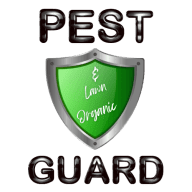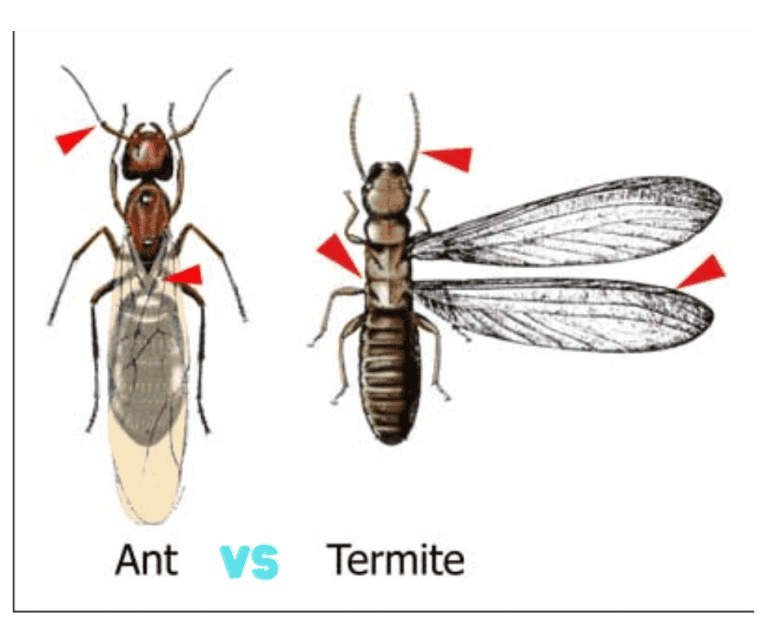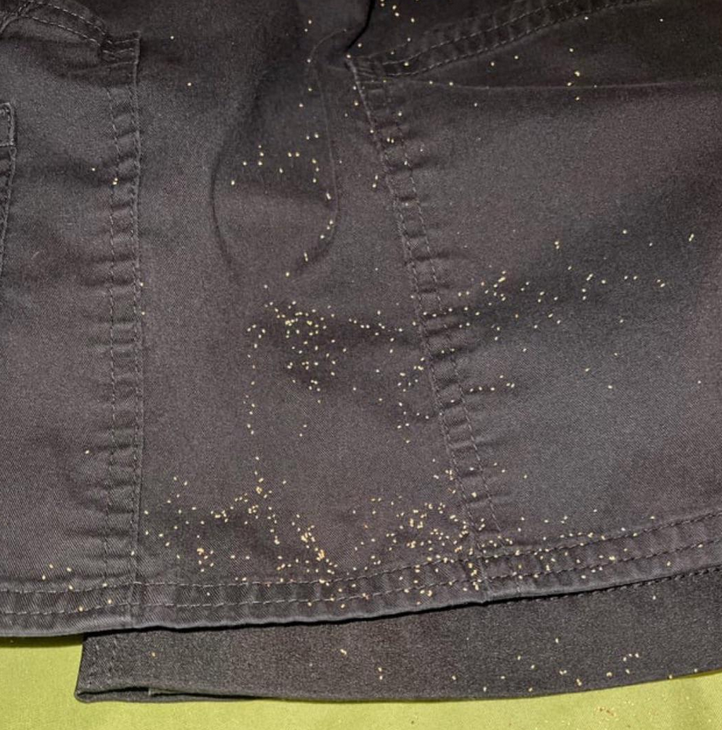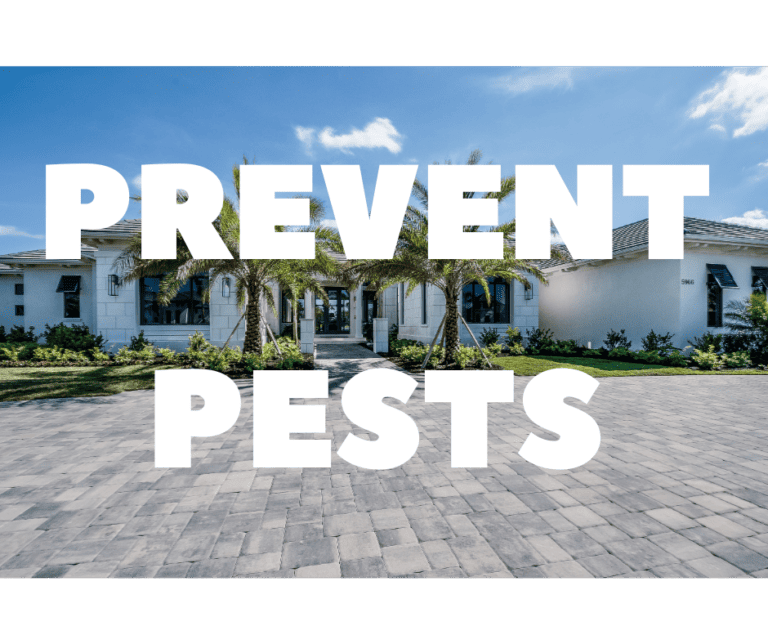Can You Control No-See-Ums?
Table of Contents
- 1 No-See-Um Control
- 1.1 No-See-Ums are hard to treat for; but a fan could fix your No-See-Um problem
- 1.2 No-See-Ums Breed In Wet Soil
- 1.3 No-See-Ums Waft Across Barrier Island Daily
- 1.4 Protect Your Property From No-See-Ums
- 1.4.1 Call Us For Your Pest Control Needs
- 1.4.2 FAQ’s Biting Midges/No-See-Ums
- 1.4.3 What are midges, and why are they attracted to my property?
- 1.4.4 What are some effective repellents for midges?
- 1.4.5 When are midges most active?
- 1.4.6 Are there any specific plants that repel midges?
- 1.4.7 What can I do to relieve biting midge bites?
- 1.4.8 Are midges dangerous to humans?
- 1.4.9 Do your Eco-Friendly Mosquito Control traps control NoSeeUms?
- 1.4.10 Is there a screen that keeps Noseeums out of my house?
- 1.5 Related Links: NoSeeUms
No-See-Um Control
No-See-Ums are hard to treat for; but a fan could fix your No-See-Um problem
Can you control no-see-ums? No-see-ums, those tiny, biting pests, are a notorious problem for residents of the Space and Treasure Coasts. These minuscule menaces, less than 1/8 inch long, are a particular scourge for those living on the barrier islands from Cape Canaveral to Vero Beach. Frequently seen swarming, these annoying pests are a menace to anyone on a bicycle and can be downright horrifying if you end up on the wrong beach at the wrong time of day.

No-See-Ums Breed In Wet Soil
The culprit behind these pesky bites? Often, it’s the banks of the Indian River Lagoon and our beach. Breeding on the lagoon’s warm banks and emerging from the sand on the beach, these biting midges, or no-see-ums, are almost completely at the mercy of the wind.
No-See-Ums Waft Across Barrier Island Daily
When the wind blows east, island residents from Cocoa Beach to Vero Beach bear the brunt of the attack from the biting midges emerging from the riverside, only to be attacked by the biting flies emerging from the beach sand when the seabreeze picks up and the wind changes direction. Conversely, when the wind shifts west, those living on the mainland, particularly near the Indian River Lagoon, find themselves under siege. It’s a vicious cycle that leaves many scratching and itching.
Brevard and Indian River County residents who live out west are also familiar with these pests. Swampy areas also have their own species of biting midges that are eager to make a meal out of residents.
While there are a whopping 47 species of biting midges in Florida, the good news is that you can take steps to minimize their impact on your outdoor enjoyment.
The only thing you can do as a homeowner to avoid no-see-ums from being bred in your lawn is to avoid overwatering your lawn, as these pests thrive in moist environments. A rain sensor can help prevent accidental overwatering.

Protect Your Property From No-See-Ums
So, what can you do to protect yourself from these pesky critters? Here are some tips:
- Repellent: While DEET is often the go-to insect repellent, many people find that it’s less effective against no-see-ums. Products like No Natz and Avon Skin So Soft have earned praise for their ability to deter these tiny tormentors.
- Fans: Have you ever noticed that all the outdoor bars and restaurants in our area all have outdoor fans? There is a reason why. No-see-ums are very weak flyers, so even a gentle breeze can keep them at bay. Consider using an electric or battery-operated fan when spending time outdoors. Aiming a fan at your pool area can frequently provide just enough ventilation to thwart these tiny vampires.
- Citronella Tiki Torches: These can provide some relief, especially when entertaining guests.
- Backyard Treatments: Products like Backyard Cutter can offer temporary relief but won’t eliminate the problem for more than a day or two. This can be great if you are hosting a party and you need temporary relief.
- Propane Mosquito Traps: These devices can help reduce no-see-um populations over a larger area. However, they are expensive ($350-$1,400). The University of Florida’s Institute of Food and Agricultural Sciences has confirmed their effectiveness in reducing no-see-um numbers.
Remember, unfortunately, there’s no foolproof method to completely eliminate no-see-ums from your outdoor space. However, by combining these strategies, you can significantly reduce their impact on your enjoyment of the great outdoors.
Call Us For Your Pest Control Needs
We offer professional pest control and termite control services tailored to your specific needs. Contact us today for a free consultation. Call us at (321)704-0434!
FAQ’s Biting Midges/No-See-Ums
What are midges, and why are they attracted to my property?
Midges are small, biting insects often called “no-see-ums.” They are attracted to moisture, standing water, and human activity.
What are some effective repellents for midges?
Insect repellents containing DEET, or picaridin, are effective. You can also try using essential oils like citronella or eucalyptus. Protective clothing and fans can also help deter midges.
When are midges most active?
Midges are typically most active at dawn and dusk.
Are there any specific plants that repel midges?
While there’s no definitive scientific evidence, some people believe that certain plants like citronella, lavender, and catnip might deter midges. Planting these around your outdoor spaces could be worth a try.
What can I do to relieve biting midge bites?
To soothe midge bites, apply a cold compress or hydrocortisone cream. Over-the-counter antihistamines can also help reduce itching.
Are midges dangerous to humans?
While annoying, midges are generally not dangerous to humans. However, their bites can be itchy and uncomfortable.
Do your Eco-Friendly Mosquito Control traps control NoSeeUms?
No, the In3Care traps are only designed to attract and eliminate mosquitoes. No-See-Ums breed in a different way and are not interested in the Mosquito Control Stations.
The only mosquito control products that work to keep Biting Midges away are products with deet and Propane Mosquito Traps.
Is there a screen that keeps Noseeums out of my house?
A screen with a maximum mesh size of 20×20 is generally effective at keeping out no-see-ums. This means there are 20 openings per linear inch in both directions of the screen.
Related Links: NoSeeUms
https://entnemdept.ufl.edu/creatures/aquatic/biting_midges.htm







